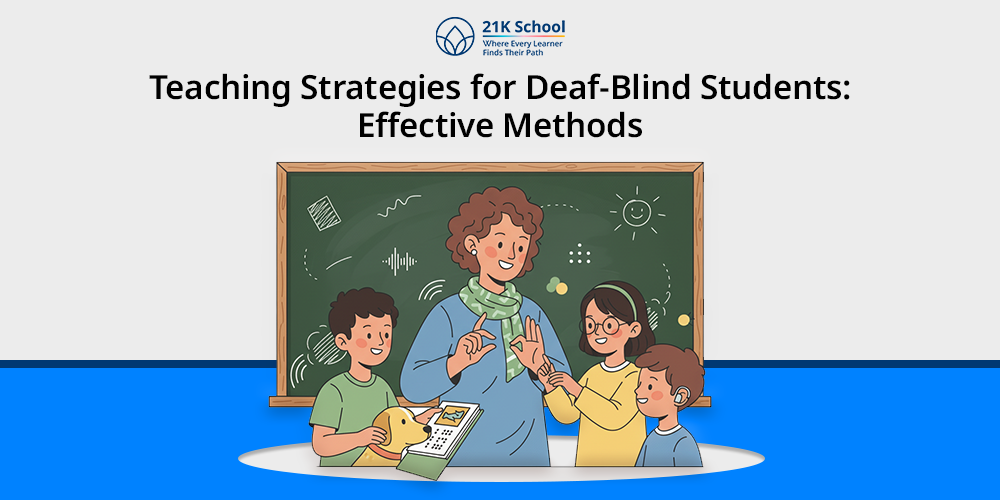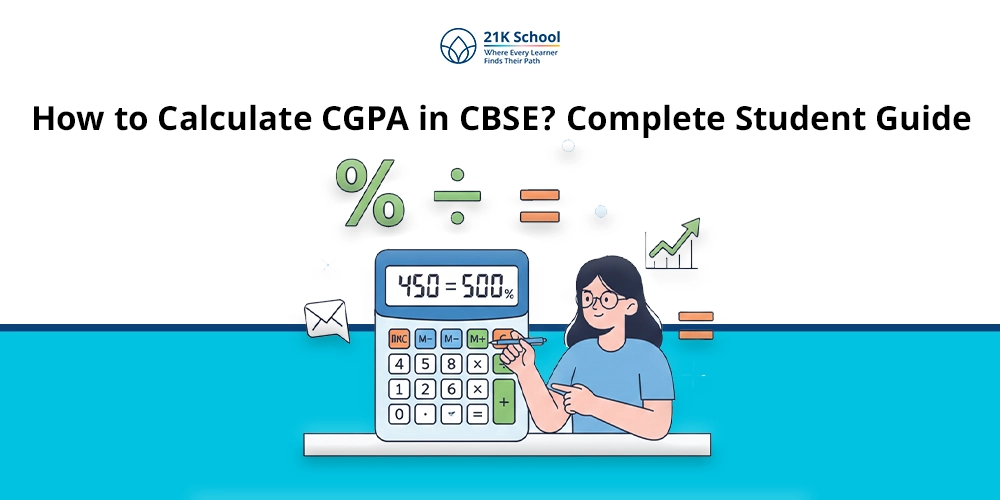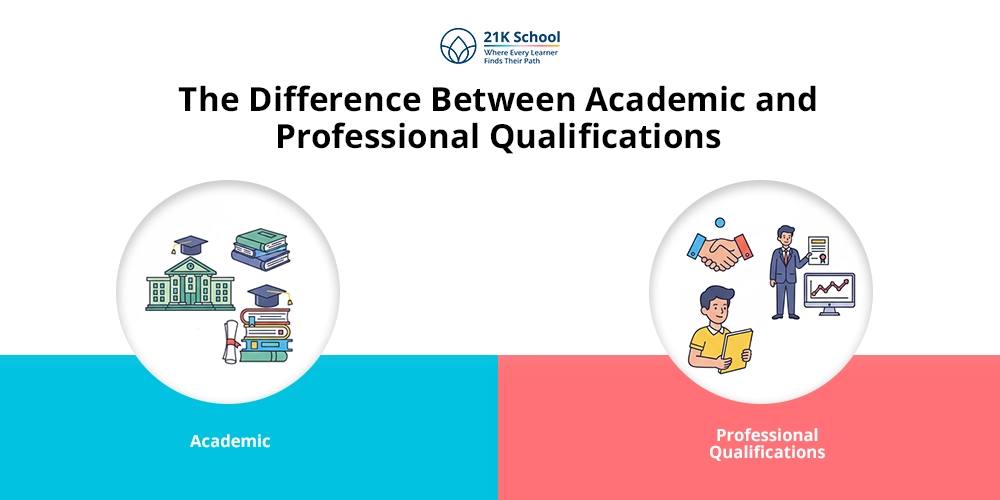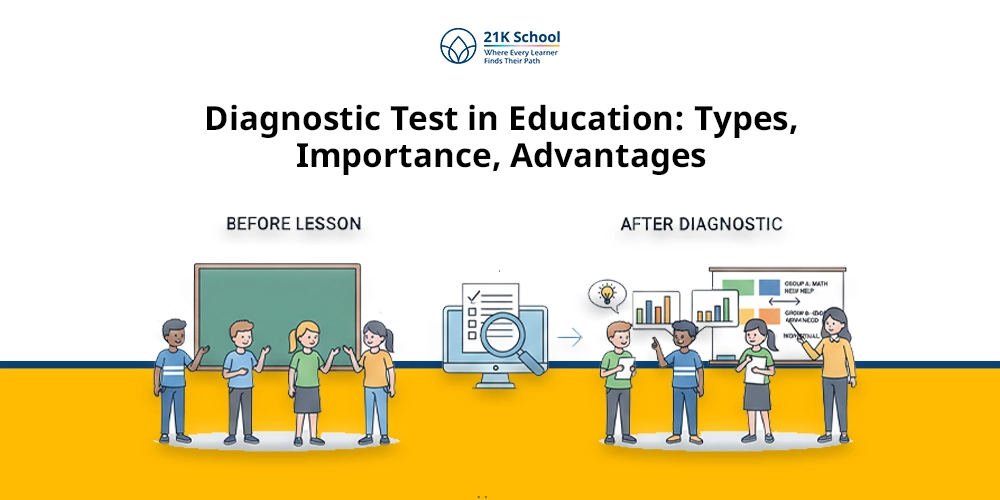
Learning often needs effective methods to ensure desired results especially if it is for deaf-blind students. With the right strategies one can deal with learning challenges.
Learners with hearing and vision loss require different solutions. That’s why using proven strategies can fulfill unique requirements.
The main objective of effective teaching strategies is to guide them how to learn, communicate, and participate in real-life situations.
Here, we will dive to understand the 12 effective teaching strategies for deaf-blind students which transform the educational journey of deaf-blind students.
Table of Contents
- What Does Deaf-Blindness Mean?
- 12 Teaching Strategies for Deaf-Blind Students
- 1. Individualized Education Plan (IEP)
- 2. Tactile Learning Methods
- 3. Setting Up Proper Routine
- 4. Use of Assistive Technology
- 5. Communication Strategies
- 6. Environmental Modifications
- 7. Multi-Sensory Teaching Approach
- 8. Collaborative Learning and Peer Support
- 9. Consistency and Study Routine
- 10. Professional Support and Multidisciplinary Approach
- 11. Offering Accessible Materials
- 12. Working Closely with Family Members
- Conclusion
What Does Deaf-Blindness Mean?
Deaf-blindness simply means an individual dealing with both hearing and visual impairments. It impacts their learning, communication, information retention, and mobility.
However, deaf-blind students often face challenges in kids such as:
- Accessing spoken and written language
- Recognising facial expressions or gestures
- Navigating environments safely
- Developing social relationships
Remember, the collaborative effort of parents, teachers, and peers can make a big difference in deaf-blind students’ learning.
12 Teaching Strategies for Deaf-Blind Students
Let’s understanding the top 12 teaching strategies for deaf-blind students to build better learning environment:
1. Individualized Education Plan (IEP)
One of the primary approaches or teaching strategies for deaf-blind students is the “Individualized Education Plan”.
A well developed IEP ensures a customized, measurable, and responsive environment for learners.
Through IEP, facilitators can fulfill short-term and long-term learning goals, implement, assistive technologies, collaboration and many more.
2. Tactile Learning Methods
Due to limited vision and hearing ability, “Tactile Learning Methods” for deaf-blind students is an effective strategy.
Use of physical objects, textured materials, and hands-on experiences make a big difference in learning.
Some tactile learning methods for deaf-blind students include tactile sign language, object symbols, and tactile graphics.
3. Setting Up Proper Routine
Future planning is a key to academic success. Students should set up a proper routine for consistency and indepth efforts.
It helps in securing thoughts, feeling of completion, understanding expectations, and smooth transition.
4. Use of Assistive Technology
Technology in education is a big and impactful turning point which eases the efforts of deaf-blind students.
Use of assistive technology ensures the accessibility, interaction, and participation in lessons. By this way learners can become independent to access required things.
5. Communication Strategies
Teaching communication strategies to students is important to access a lot of information independently.
Some of the effective communication approaches like tactile sign language and hand-under-hand guidance, object cues and tangible symbols, speech with visual, and braille literacy etc.
6. Environmental Modifications
Environmental modifications for deaf-blind students where teachers play an important role by observing and adapting from the environment.
As a teacher one should create an environment including maximising safety, accessibility, and focus.
Some important elements to add lighting and contrast, reducing background noise, classroom layouts etc.
7. Multi-Sensory Teaching Approach
Multi-sensory teaching approach is one of the popular strategies especially used for students with special needs.
This means with multiple senses such as touch, movement, hearing, vision, and smell students enhance learning.
This will improve students memory retention.
8. Collaborative Learning and Peer Support
Students learning through inclusive education are encouraged to collaborate and lead a supportive learning environment.
Understanding each other’s interactions, and teamwork build confidence to achieve better. In students collaborative learning feels valued and connected in school and home.
9. Consistency and Study Routine
Consistency and effective study routine are the key strategies for deaf-blind students.
Consistency in learning ensures knowledge retention which leads to long-term academic success. By this way special needs students can reduce anxiety and enhance focus.
10. Professional Support and Multidisciplinary Approach
With professional support and a multidisciplinary approach in learning, students with deaf-blindness ensure growth.
Facilitators can work as a team with other professionals to make the learning environment more effective.
By connecting with special educators, speech and language therapists, counselors and psychologists teachers can align desired strategies.
11. Offering Accessible Materials
Students with deaf-blindness often need special material to learn.
Offering accessible materials such as Braille books, tactile diagrams, Large-print materials, 3D models etc are beneficial.
By these material facilitators can make sure students are participating in educational activities.
12. Working Closely with Family Members
Families work as a backbone of students with deaf-blindness. The journey is filled with requirements and parents, and teachers’ collaboration make sure a positive environment.
For the child’s holistic development, a secured ecosystem is a key to achieve better which can be created by parents through small efforts.
Conclusion
Learning in the 21st century demands a lot more than textual education for example, creativity, collaboration, and compassion.
Students with deaf-blindness often struggle to gain enough knowledge due to the wrong learning approach.
But, implementation of some of the ideal strategies mentioned above such as tactile learning, assistive technology, and structured study routines can make a big difference.



